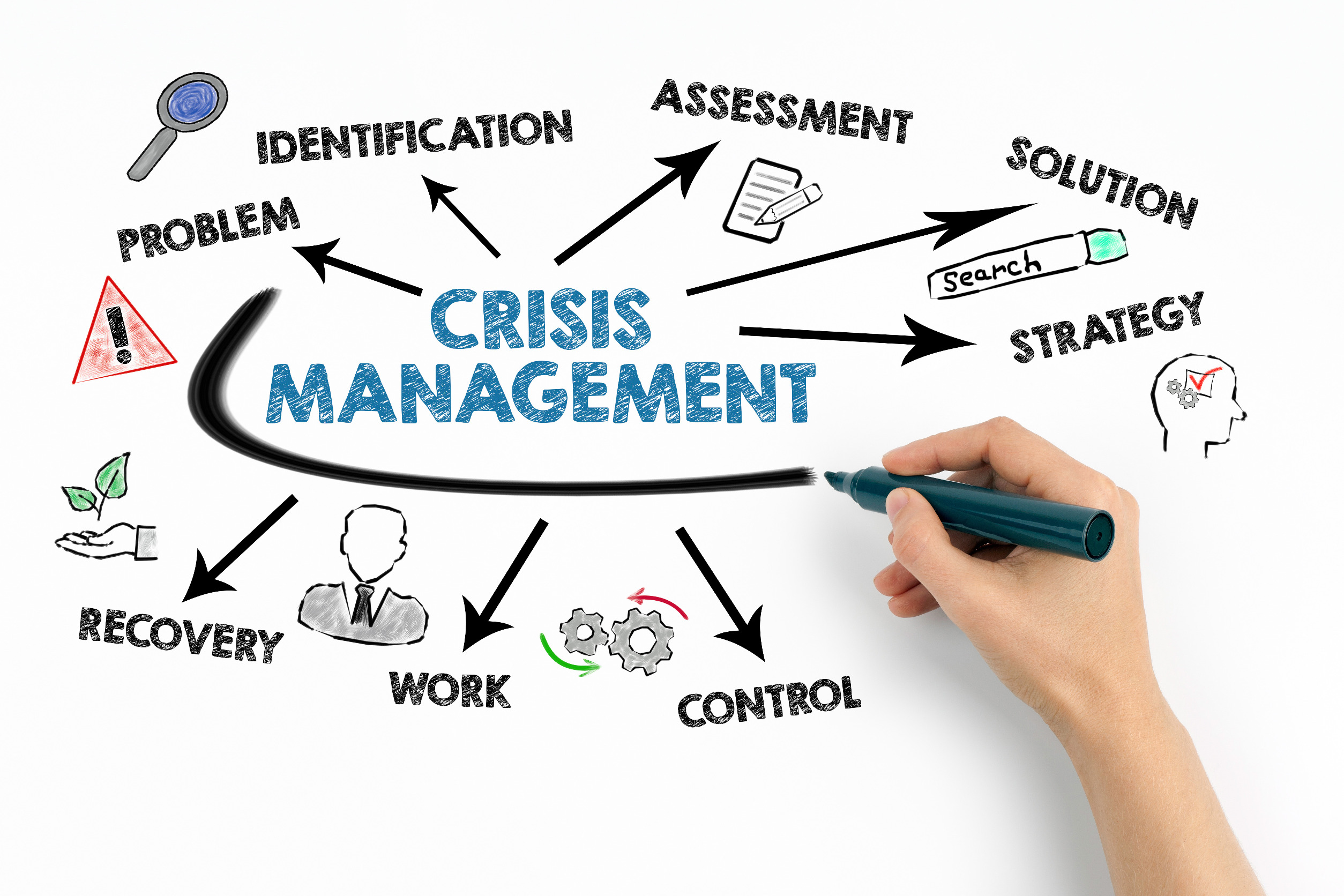Research has shown that for most people, performance plateaus after a couple of years. This is true whether you are looking at job performance, performance as a parent or partner, or performance in any other area of life. But it isn’t true for everyone. There are some people who continue to improve, to grow, to strengthen their performance year after year after year. In his TED talk “How to Get Better at the Things You Care About,” Eduardo Briceño introduces a simple model that explains the difference between those of us who plateau and those of us who continue to grow, and offers guidance on how you can step off of your plateau and continue to grow in your mastery as a change practitioner.
As he explains it, we spend our time in one of two zones, the learning zone or the performance zone. The environments in which we work and live—and even in the schools in which we expect learning to take place—are set up as performance zones. When we are new in our profession, or even new in our jobs, there is an understanding that we need to be learning. But even then, the focus is on performance metrics, not on learning outcomes.
Continuing growth and mastery require intentionally moving back and forth between performance and learning; knowing when you want to be in each; and setting goals appropriate to the zone you are in. In the learning zone it means applying what Dr. Anders Ericsson refers to as “deliberate practice:” breaking the abilities we want to develop down into sub-skills, and consciously working to improve specific ones. It means moving outside of our comfort zone to face high-level challenges; seeking and obtaining frequent feedback; and having the guidance of a skilled coach or mentor. According to Briceño, “this, not time on task, leads to substantial improvement.” Intentionally alternating, building skills in the learning zone and then applying them in the performance zone, builds continuing growth.
As change practitioners, we tend to work in high stakes environments. “Learning on the job” is not a welcome approach when our clients’ strategic shifts and business success are depending on us getting it right. Briceño recommends the following approach in circumstances such as this. Create “low stakes islands.” These might be opportunities to step back and observe how we addressed particular situations, and to receive mentoring and feedback on how we might try to address them differently in the future. They might include reading and exploring with our change team how what we have learned might be applied to improve our level of performance. He also recommends that if we are in leadership positions, we create an environment for, and solicit, honest, focused feedback.
Whether you are ready to move off your change practitioner plateau or any other plateau in life, this TED talk is worth your time and reflection.

























